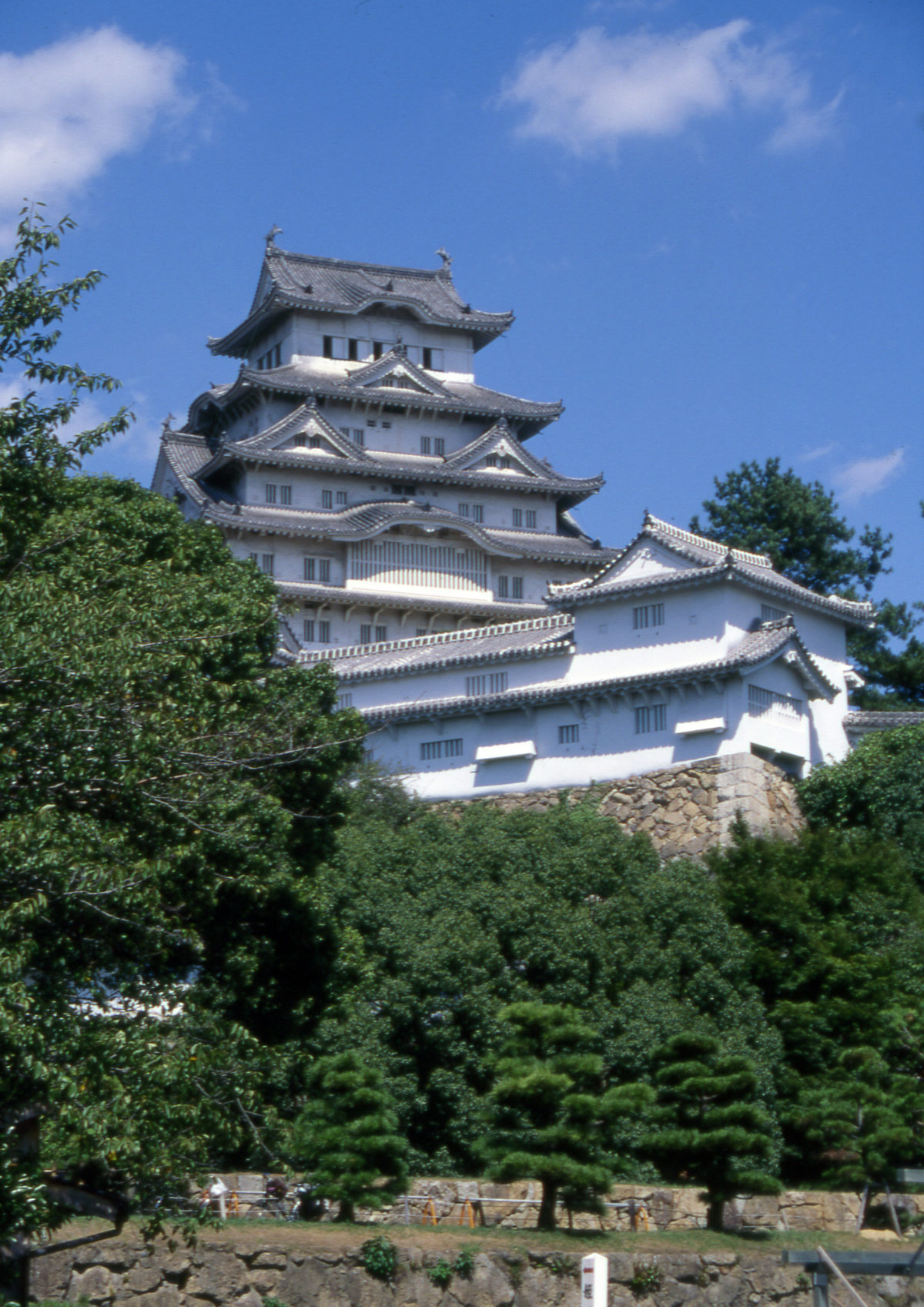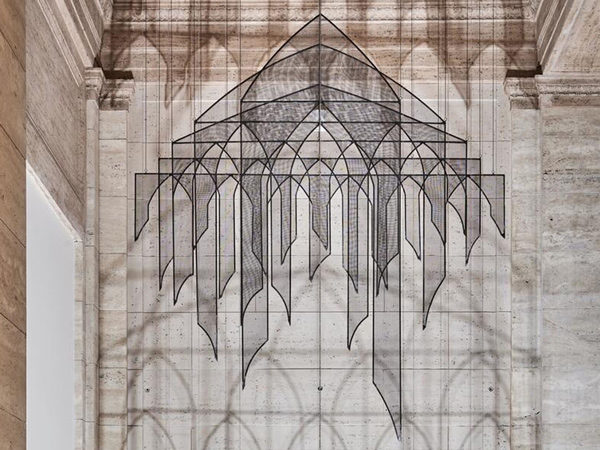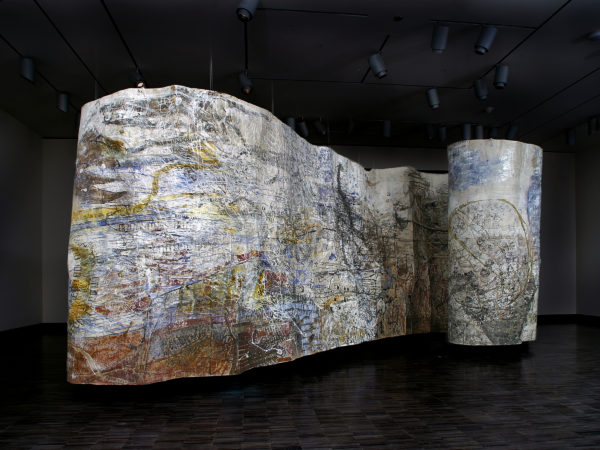Activity
Himeji Castle

Himeji Castle
What is this structure? How is it suited for defensive purposes?
Himeji Castle is among the finest surviving examples of the defensive structures built in the sixteenth and early seventeenth centuries as samurai strongholds and symbols of power. Typically located atop a hill, the multi-storied castle keep (tower) allowed the warlords of this era a commanding view of the surrounding terrain. Raised on massive stone foundations that repel attack, the castle has thick plaster walls not easily penetrated by enemy musket fire or arrows. Himeji is surrounded by three moats and a labyrinth of paths which lead visitors through a series of dead-ends and gated entryways, allowing the occupants of the castle to trap and defeat intruders. Yet the castle’s purpose goes beyond mere defense. As the historian Martin Collcutt writes, “Each of these castles was at once a fortress, center of local rule, palatial residence, and node of cultural activity.”1
What kind of statement did a building like this make about its occupant?
The towering castle keep of Himeji was visible from a great distance, a tangible symbol of its occupant’s power and wealth. Construction of such castles was a massive undertaking, requiring immense funds and the ability to mobilize thousands of laborers. At the same time, many castles were burned to the ground during war, despite their heavy fortifications. The warlord Oda Nobunaga spent several years planning and building a magnificent castle at Azuchi. It was destroyed soon after his assassination in 1582.
During the peaceful years of the Edo period, the population of the capital lived within sight of the shogun’s castle. Regional lords (daimyo) were required by the military government to maintain castle-residences in their home fiefs. Several different daimyo had control of Himeji Castle following its construction, in its present form, in 1601. It has never been used in battle.
How does the castle reflect cultural aspects of samurai life?
Japanese castles were often lavishly decorated, their public and private spaces lined with brilliantly colored paintings. Screens with opulent gold leaf backgrounds were made to help illuminate otherwise dim castle interiors, as well as to impress visitors. Many castles had spaces set aside for special tearooms, used by samurai practitioners of the “Way of Tea” (Chado or Chanoyu). They were also equipped with stages for Noh and dance performances, so that the samurai might enjoy these pastimes even when far from the capital.
1 Martin Collcutt, “Daimyo and daimyo culture,” in Yoshiaki Shimizu, The Shaping of Daimyo Culture 1185–1868 (Washington, DC: National Gallery, 1988), 27.







